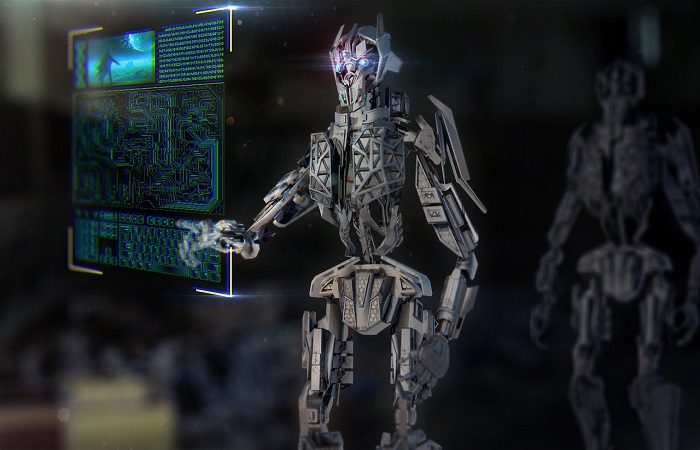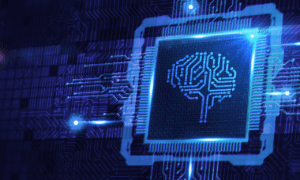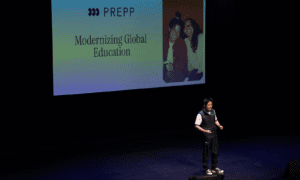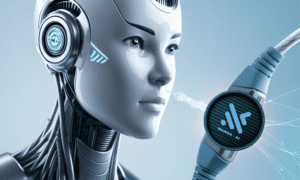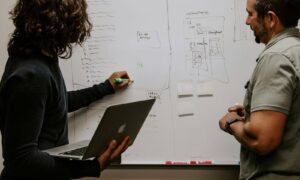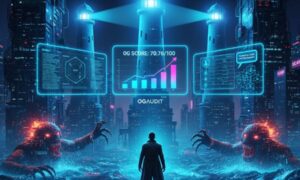Introduction
In the ever-evolving landscape of technology, artificial intelligence (AI) continues to shape the future of creativity in unprecedented ways. As we stand on the cusp of 2024, one groundbreaking innovation that is set to revolutionize the creative domain is Generative AI or Artificial intelligence. This cutting-edge technology has emerged as a powerful force, unlocking new possibilities for artists, designers, writers, and innovators across the globe.
Understanding Generative AI: A Creative Marvel
Generative AI, a subset of artificial intelligence, refers to algorithms and models designed to generate creative content autonomously. These algorithms are trained on vast datasets, enabling them to produce content that mirrors human creativity. From generating artwork and music compositions to crafting compelling narratives, Generative AI possesses the ability to mimic, and in some cases, even transcend human creative capabilities.
The Impact on Art and Design
In the world of art and design, Generative AI has emerged as a muse for creators. Artists are leveraging AI algorithms to produce captivating visual art, exploring unique styles, and pushing the boundaries of traditional artistic expression. Designers, too, are benefiting from Generative AI by automating the creative process, generating innovative designs for products, architecture, and digital interfaces.
Revolutionizing Content Creation
Content creation, a cornerstone of digital marketing, has witnessed a paradigm shift with the integration of Generative AI. Content creators are using AI-generated tools to streamline the process of generating engaging and SEO-optimized content. This technology allows marketers to focus on strategy while AI handles the creation of compelling and relevant content, thus enhancing online visibility and brand presence.
Transforming the Literary Landscape
Generative AI is not limited to visual and audio arts; it has also made significant strides in transforming the literary landscape. AI-powered tools can now generate written content, ranging from news articles and blog posts to creative stories and poetry. These tools aid writers by providing inspiration, generating ideas, and even assisting in the editing process, thereby reshaping the way we perceive authorship and storytelling.
Fostering Collaboration between Humans and AI
One of the most remarkable aspects of Generative AI is its potential to foster collaboration between humans and machines. Rather than replacing human creativity, AI acts as a catalyst, sparking new ideas and possibilities. Creative professionals can collaborate with AI algorithms, leveraging the technology’s capabilities to enhance their work. This symbiotic relationship between human ingenuity and artificial intelligence paves the way for innovative and boundary-defying creations.
Challenges and Ethical Considerations
While the future of Generative AI is undeniably exciting, it is not without its challenges. Ethical considerations, such as intellectual property rights, data privacy, and the ethical use of AI-generated content, must be addressed. Additionally, there is a need for continuous research and development to ensure the responsible and equitable use of Generative AI across various creative fields.
Conclusion:
A Harmonious Coexistence
As we enter 2024, creativity is deeply connected to Generative AI or Artificial intelligence. This technology reshapes how we approach creative endeavors. Embracing the bond between human creativity and AI unlocks new realms of innovation. Humans and AI harmoniously coexist, pushing creative boundaries without limits. The future of creativity is a boundless collaboration between human minds and intelligent algorithms.

